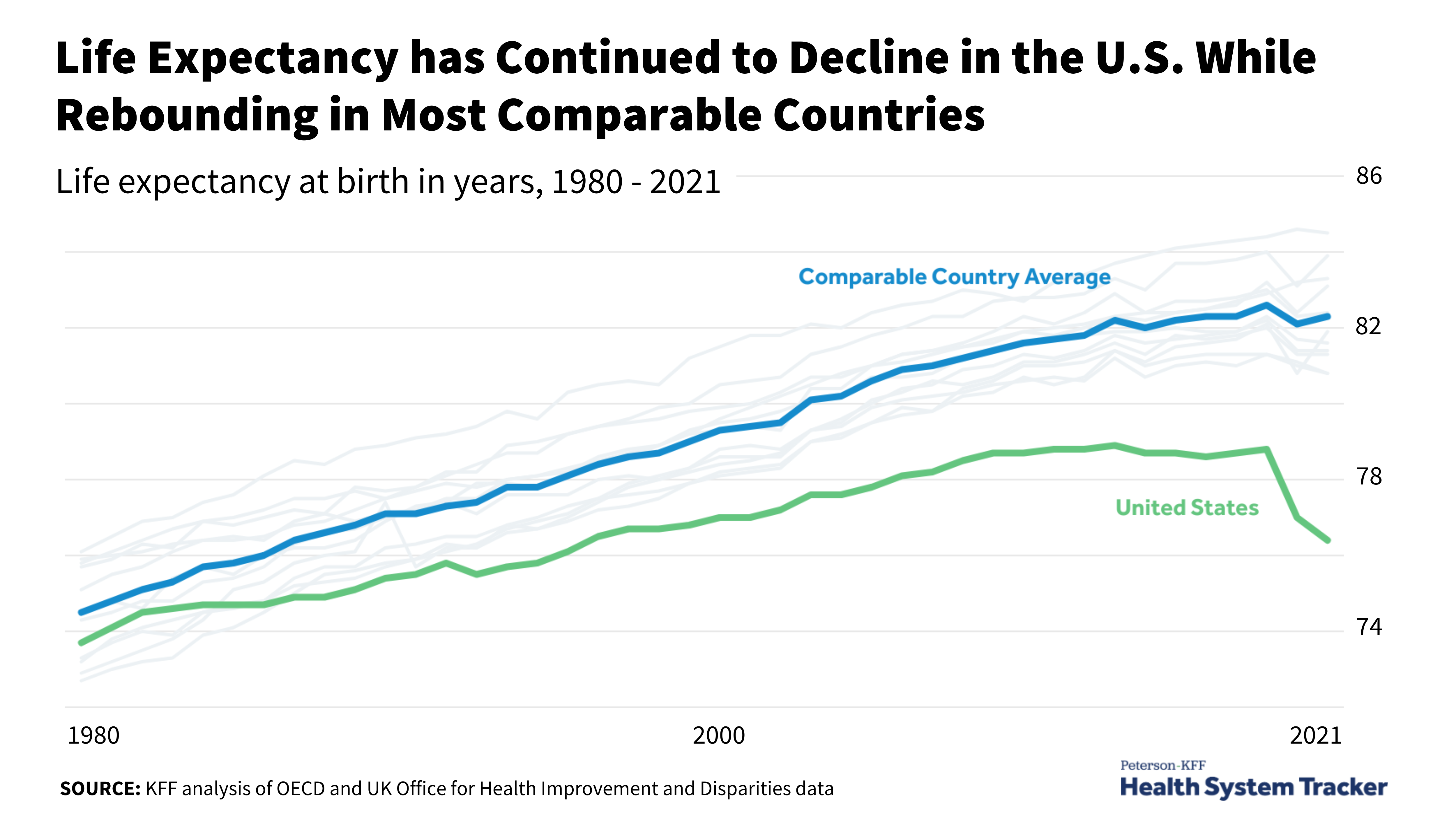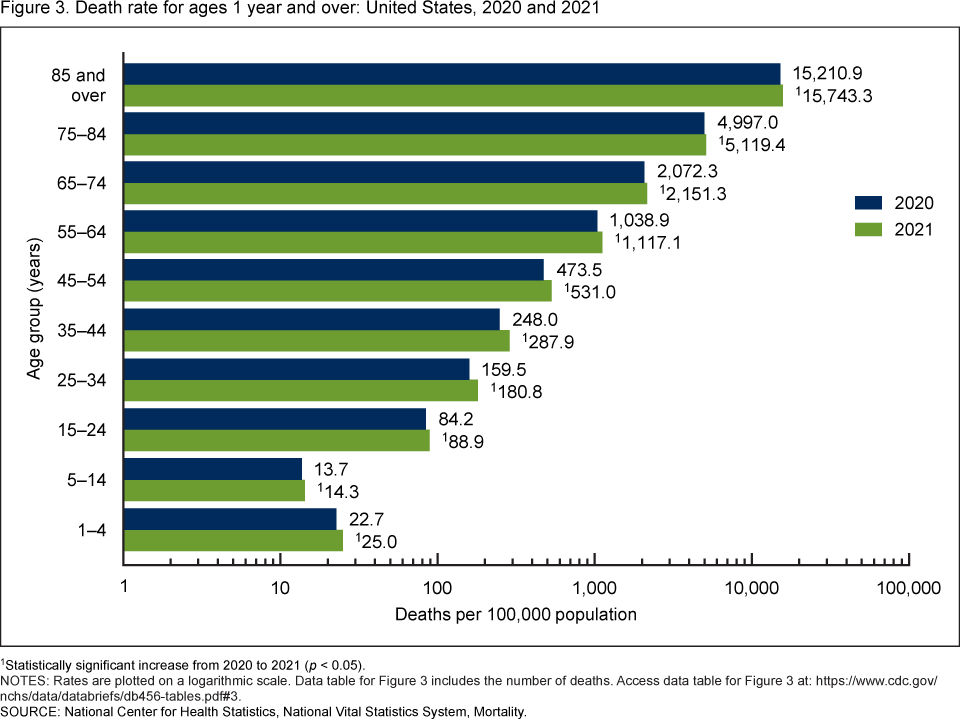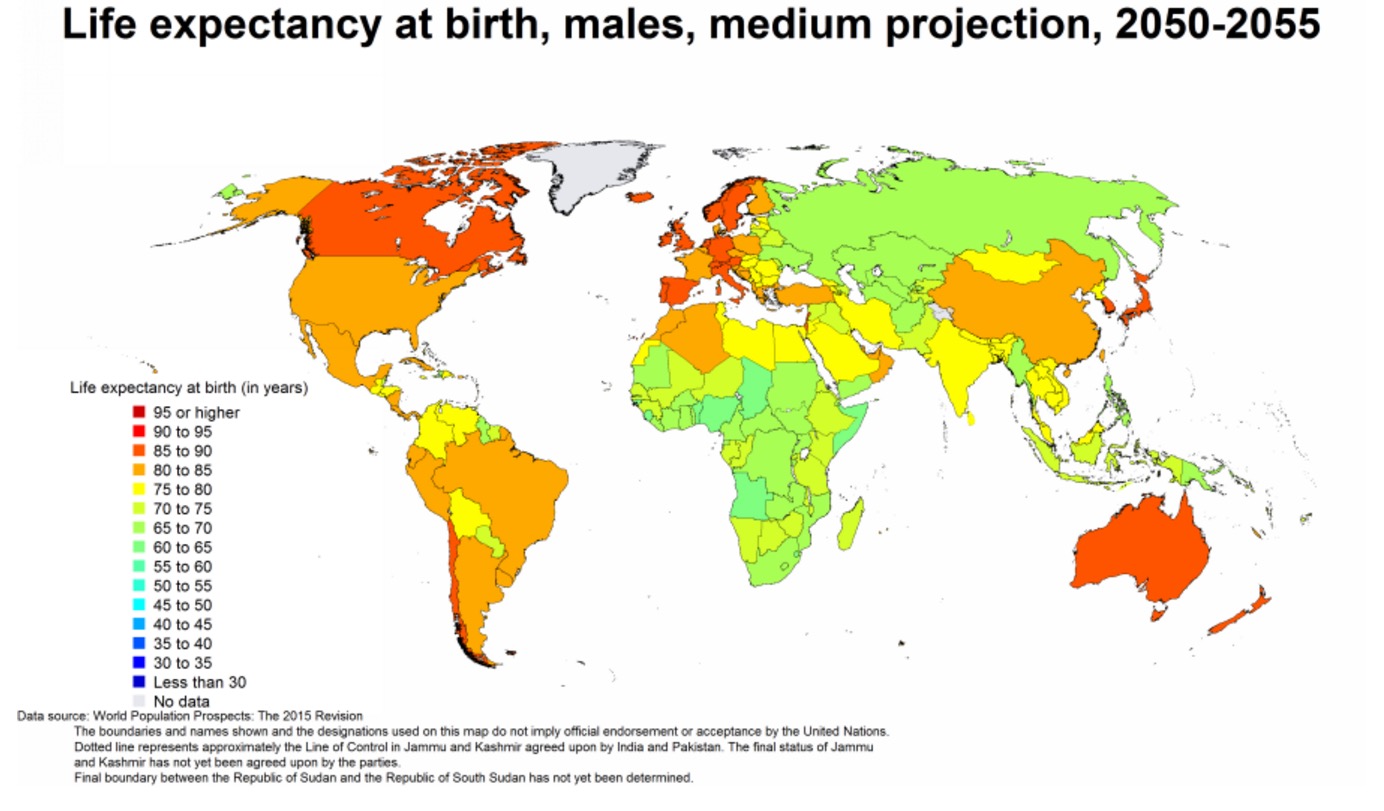
Life tables, a fundamental concept in demography and statistics, have been a cornerstone in understanding population dynamics and mortality rates. Among the various life tables, Table 10 holds a significant place in providing insights into the life expectancy and survival rates of individuals. In this article, we will delve into the world of Table 10: Life Tables, exploring its significance, applications, and the valuable information it offers.
What is Table 10: Life Tables?
Table 10: Life Tables, also known as the "Decrement Table" or "Mortality Table," is a statistical tool used to analyze the mortality experience of a population. It provides a detailed breakdown of the number of individuals surviving at each age, as well as the number of deaths occurring at each age. This table is constructed using mortality data, which is typically collected from census reports, death certificates, and other demographic sources.
Significance of Table 10: Life Tables
The significance of Table 10: Life Tables lies in its ability to provide a comprehensive picture of a population's mortality experience. By analyzing the data presented in this table, demographers and statisticians can:
Estimate life expectancy at birth and at various ages
Calculate mortality rates and probabilities of death
Identify trends and patterns in mortality rates over time
Compare mortality experiences across different populations or regions
Applications of Table 10: Life Tables
The applications of Table 10: Life Tables are diverse and far-reaching. Some of the key areas where this table is used include:
Actuarial Science: Life tables are used to calculate insurance premiums, pension benefits, and other financial products that depend on mortality rates.
Public Health: Life tables help health professionals understand the burden of disease and identify areas where interventions can be targeted to improve health outcomes.
Demographic Research: Life tables are used to study population trends, including fertility, mortality, and migration patterns.
Policy Development: Life tables inform policy decisions related to healthcare, social security, and other areas where mortality rates are a critical factor.
Interpreting Table 10: Life Tables
Interpreting Table 10: Life Tables requires a basic understanding of demographic concepts and statistical analysis. The table typically consists of several columns, including:
Age: The age interval for which the data is presented
Number of Survivors: The number of individuals surviving at each age
Number of Deaths: The number of deaths occurring at each age
Mortality Rate: The probability of death at each age
By analyzing these columns, users can gain insights into the mortality experience of a population and make informed decisions in various fields.
Table 10: Life Tables is a powerful tool for understanding population dynamics and mortality rates. Its applications are diverse, ranging from actuarial science to public health and policy development. By unlocking the secrets of Table 10, users can gain valuable insights into the life expectancy and survival rates of individuals, ultimately informing decisions that impact our lives and communities. Whether you are a demographer, statistician, or simply interested in understanding population trends, Table 10: Life Tables is an essential resource that deserves attention and exploration.








